The sun rises over the endless, shimmering salt flats of Lake Mungo, illuminating a landscape that seems frozen in time. Here, in one of the most remote corners of the Australian outback, two ancient skeletons lay hidden beneath the earth for tens of thousands of years. Their names—Mungo Man and Mungo Lady—are whispered with awe by scientists and storytellers alike. These ancient Australians have challenged everything we thought we knew about human history, stirring deep emotions and sparking heated debates. What secrets did they take with them? What do their bones reveal about who we are, and where we come from?
The Discovery That Changed Everything
In the early 1970s, a quiet corner of New South Wales was rocked by a discovery that would shake the world. Geologist Jim Bowler was surveying ancient lake beds when he stumbled across a handful of weathered bones poking through the sand. First came Mungo Lady in 1968, her fragile remains charred by fire, hinting at the oldest known human cremation. Then, in 1974, Bowler found Mungo Man lying on his side, hands gently folded in his lap—untouched for nearly 42,000 years. These discoveries instantly rewrote the story of human migration and ritual, placing Australia at the forefront of the world’s oldest continuous cultures.
Lake Mungo: An Ancient Landscape
Lake Mungo isn’t just a backdrop—it’s a character in this story. Once a vast, fertile lake teeming with life, it dried up over millennia, leaving behind wind-carved dunes and ghostly shorelines. Aboriginal peoples thrived along its banks, hunting giant kangaroos and gathering seeds. Today, the dry lake bed is a stark, haunting beauty, holding secrets in its soil. The shifting sands act like a time machine, revealing footprints, tools, and ancient campfires. When you walk here, you can almost feel the presence of people who lived and loved so long ago.
The Mystery of Mungo Lady
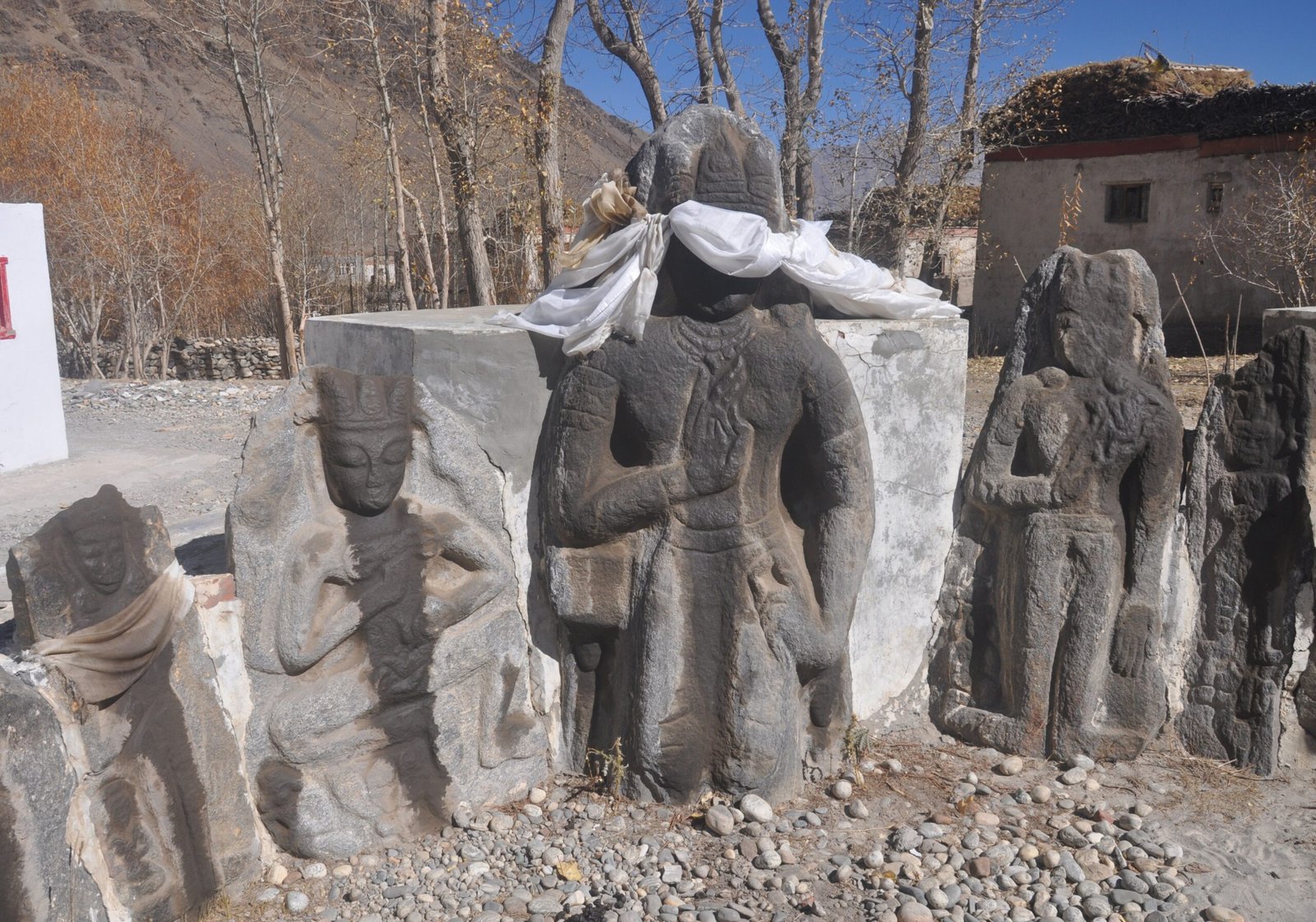
Mungo Lady’s bones tell a tale both touching and mysterious. She was cremated—her body carefully burned, crushed, and reburied. This was no simple disposal; it was a ritual, a farewell passed down through generations. Scientists were stunned to find such sophisticated mortuary practices so far back in time. This discovery forced researchers to rethink the timeline of human culture and spirituality. Her remains also sparked conversations about the role of women in ancient societies, and the ways in which communities honored their dead.
Mungo Man: A Window Into the Past
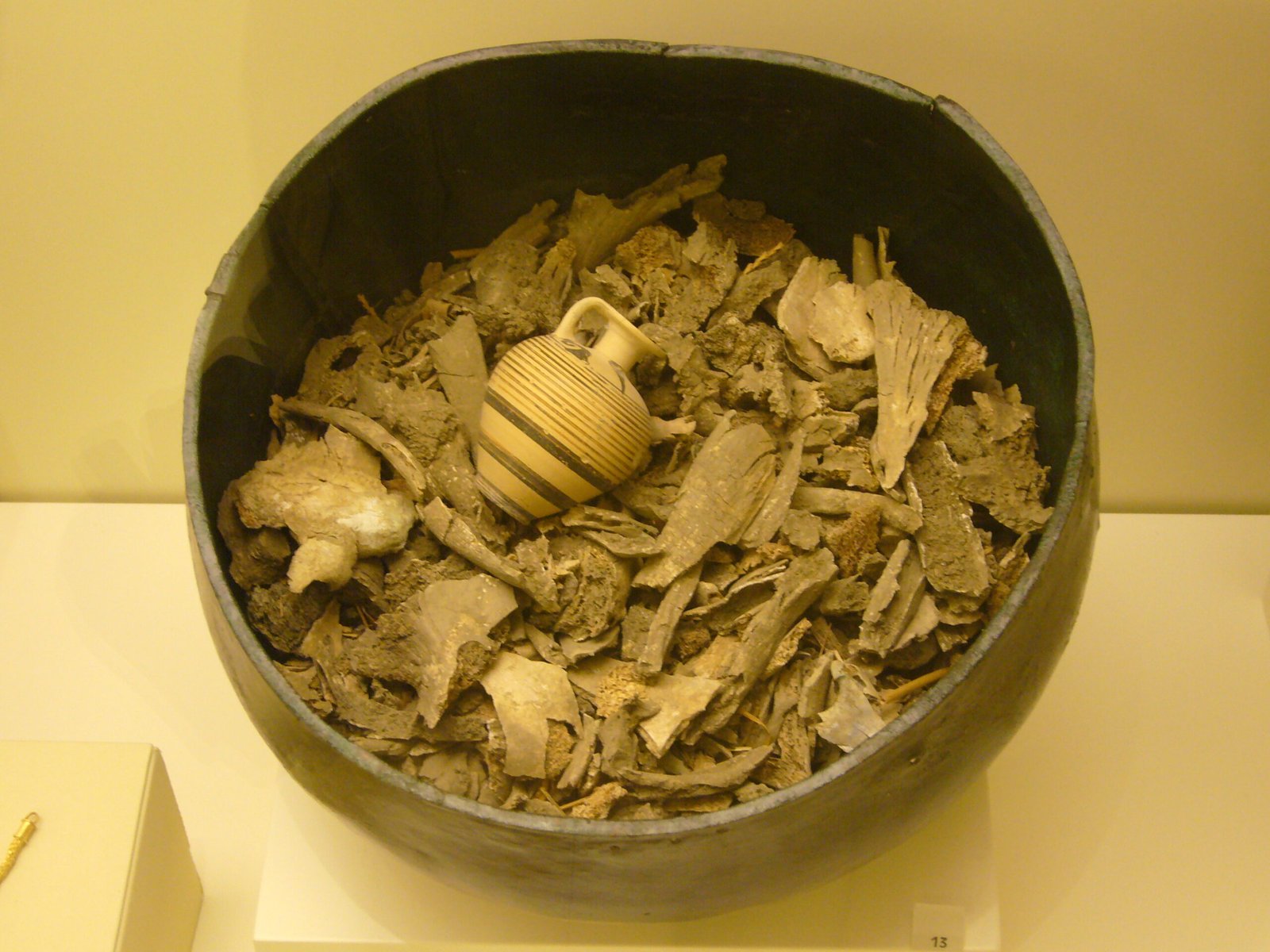
When Mungo Man was discovered, he was lying on his back, his hands delicately placed in his lap, sprinkled with red ochre—a pigment still used in Aboriginal ceremonies today. He was about 50 years old at death, a remarkable age for that era. His robust skeleton and worn teeth spoke of a life spent in the harsh Australian wilderness. The use of ochre suggests spiritual beliefs and artistic expression stretching back further than many had imagined. Mungo Man became a symbol of endurance, connection, and the shared humanity that links us all.
How Old Are Mungo Man and Mungo Lady?
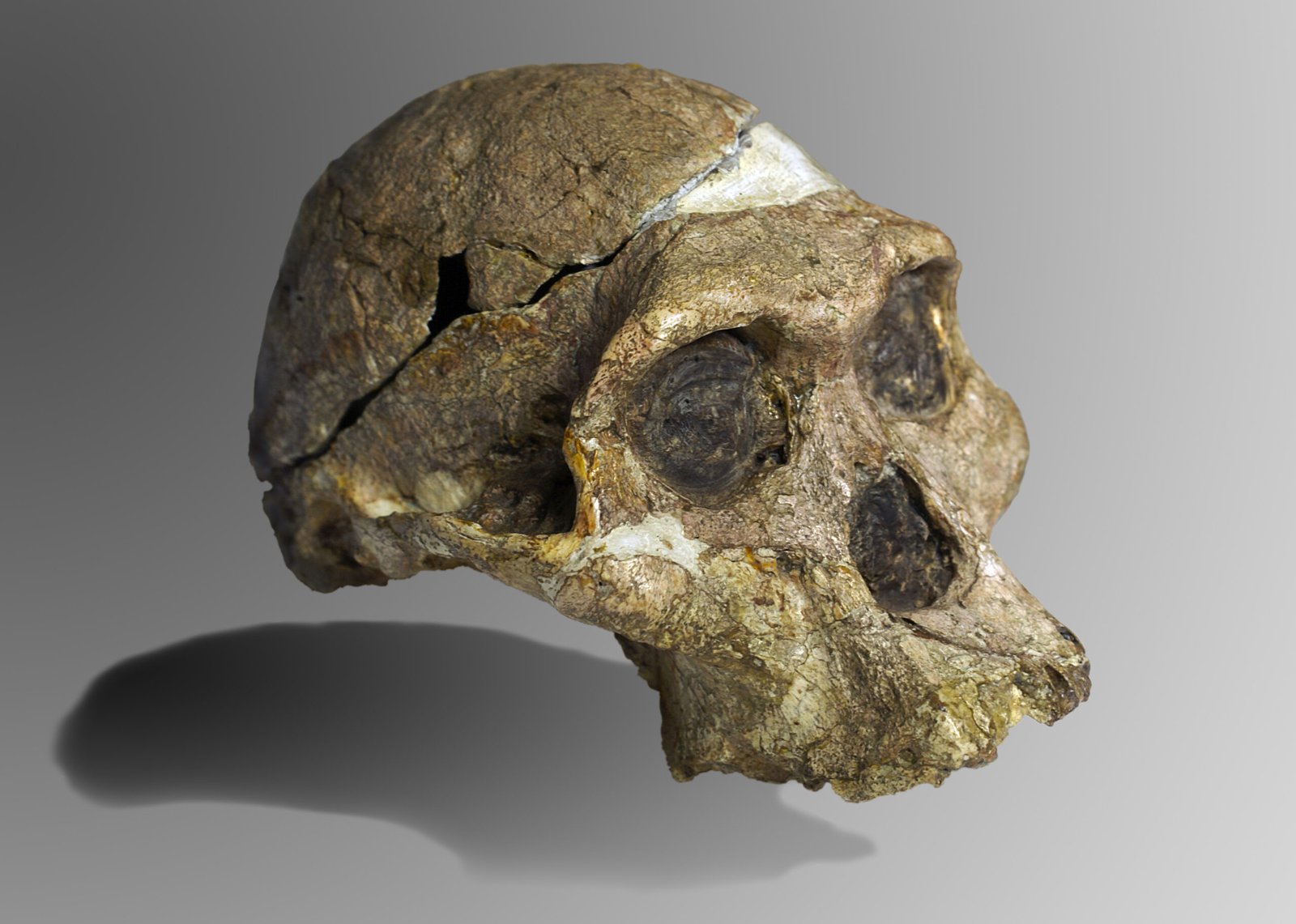
The ages of Mungo Man and Mungo Lady have been debated fiercely. Early estimates suggested they were around 30,000 years old, but improved dating methods—using radiocarbon and luminescence—pushed their ages back to at least 40,000 years, with some estimates exceeding 42,000 years. This makes them some of the oldest anatomically modern humans ever found outside Africa. Their antiquity upended scientific assumptions about when people first arrived in Australia. Suddenly, Australia was not a latecomer to the human story but a central player.
Human Migration: Rethinking the Timeline
Before Mungo Man and Mungo Lady, most scientists believed that people had only recently arrived in Australia. Their ages suggest otherwise. Their presence here points to a migration out of Africa much earlier than previously thought. Imagine crossing vast oceans and unknown lands, braving unfamiliar animals and climates. The Mungo discoveries suggest that early humans were skilled navigators and problem solvers, venturing into new worlds long before Europe saw its famous cave painters.
The Power of Red Ochre
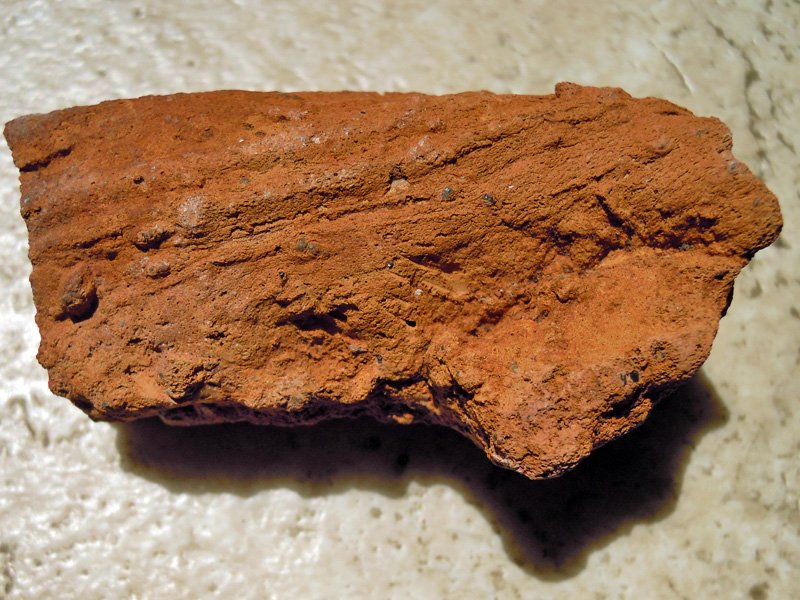
Red ochre is more than just a mineral—it’s a symbol of life, death, and creativity. When Mungo Man was buried with this vivid pigment, it marked one of the earliest known uses of ceremonial color. Today, ochre still features in Aboriginal art and ritual, a thread connecting present and past. Scientists believe the ochre was sourced from far away, hinting at trade networks and shared traditions across ancient Australia. The ritual use of ochre is a testament to the imagination and emotional depth of these early people.
Cremation: A Surprising Ancient Practice

Mungo Lady’s cremation was thousands of years ahead of its time. In other parts of the world, cremation rituals didn’t appear until much later. The deliberate burning and careful reburial of her bones reveal a community deeply invested in the spiritual life and afterlife of its members. This challenges the old stereotype of early humans as simple or unsophisticated. Instead, we see evidence of grief, respect, and complex social bonds—universal emotions that still shape our lives today.
What Do Their Genes Reveal?
Scientists have tried to extract ancient DNA from Mungo Man and Mungo Lady, hoping to trace their origins and connections to living Australians. While DNA preservation in such old remains is difficult, ground-breaking research has shown that they are closely linked to today’s Aboriginal Australians. Their genetic legacy stretches across thousands of generations. This discovery strengthens the claim that Aboriginal people are the world’s oldest living culture, with a direct line back to the first Australians.
The World’s Oldest Rituals
The burial practices at Lake Mungo aren’t just old—they are among the oldest on Earth. The care taken with these burials, the use of ochre, and the cremation rituals all point to a society with deep spiritual beliefs and artistic expression. These ancient ceremonies challenge our understanding of when and where symbolic thinking first began. It’s humbling—and a little bit haunting—to realize that the urge to honor our dead is as old as humanity itself.
Footprints in the Sands of Time
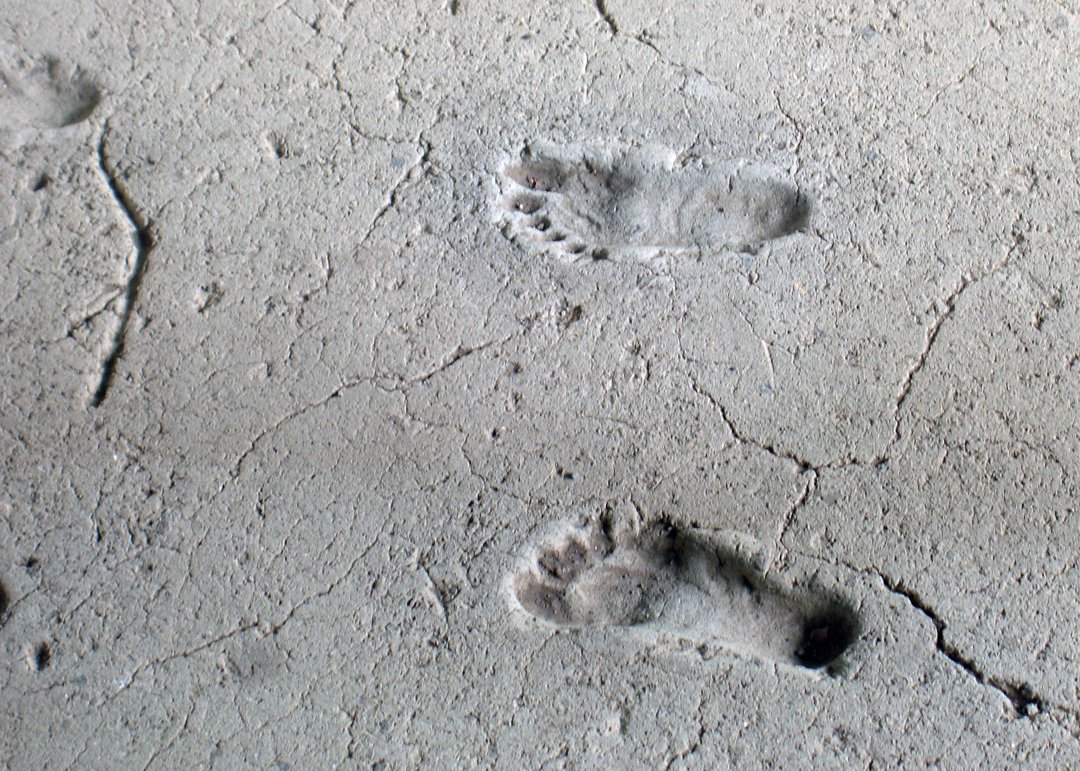
The Lake Mungo region holds more than bones. In the 2000s, scientists discovered fossilized human footprints—more than 20,000 years old—etched into the clay. These prints show adults and children moving together, running, walking, and even limping. It’s a snapshot of daily life from an unimaginably distant past. For many, these footprints feel more personal than bones; they are traces of real people, caught in a fleeting moment, reminding us that history is more than just dates and artifacts.
The Role of Women in Ancient Australia
Mungo Lady’s burial is a rare and powerful glimpse into how ancient societies viewed women. Her careful cremation suggests she was respected and cherished. This finding challenges assumptions that only men held important roles in early societies. Archaeologists are still piecing together the social structure of these ancient communities, but Mungo Lady stands as a symbol for the strength and dignity of women throughout history.
Clues to an Ancient Diet
By analyzing the teeth and bones of Mungo Man and Mungo Lady, scientists have uncovered hints about what they ate. Their diet was rich in fish, small animals, seeds, and tubers—foods still found in the region today. Traces of wear and tear on their teeth and tools found nearby suggest a varied, resourceful way of living. Their ability to adapt to changing climates and available resources was key to their survival during the Ice Age.
Changing Climate, Changing Lives
Lake Mungo’s environment has shifted dramatically over the past 50,000 years. The lake once brimmed with water and supported lush vegetation. As the climate dried, the people living here had to adapt, developing new ways to find food and shelter. These changes are recorded in the layers of earth, the tools left behind, and the bones of Mungo Man and Mungo Lady themselves. Their story is a lesson in resilience and adaptability in the face of an unpredictable world.
Tools of Survival
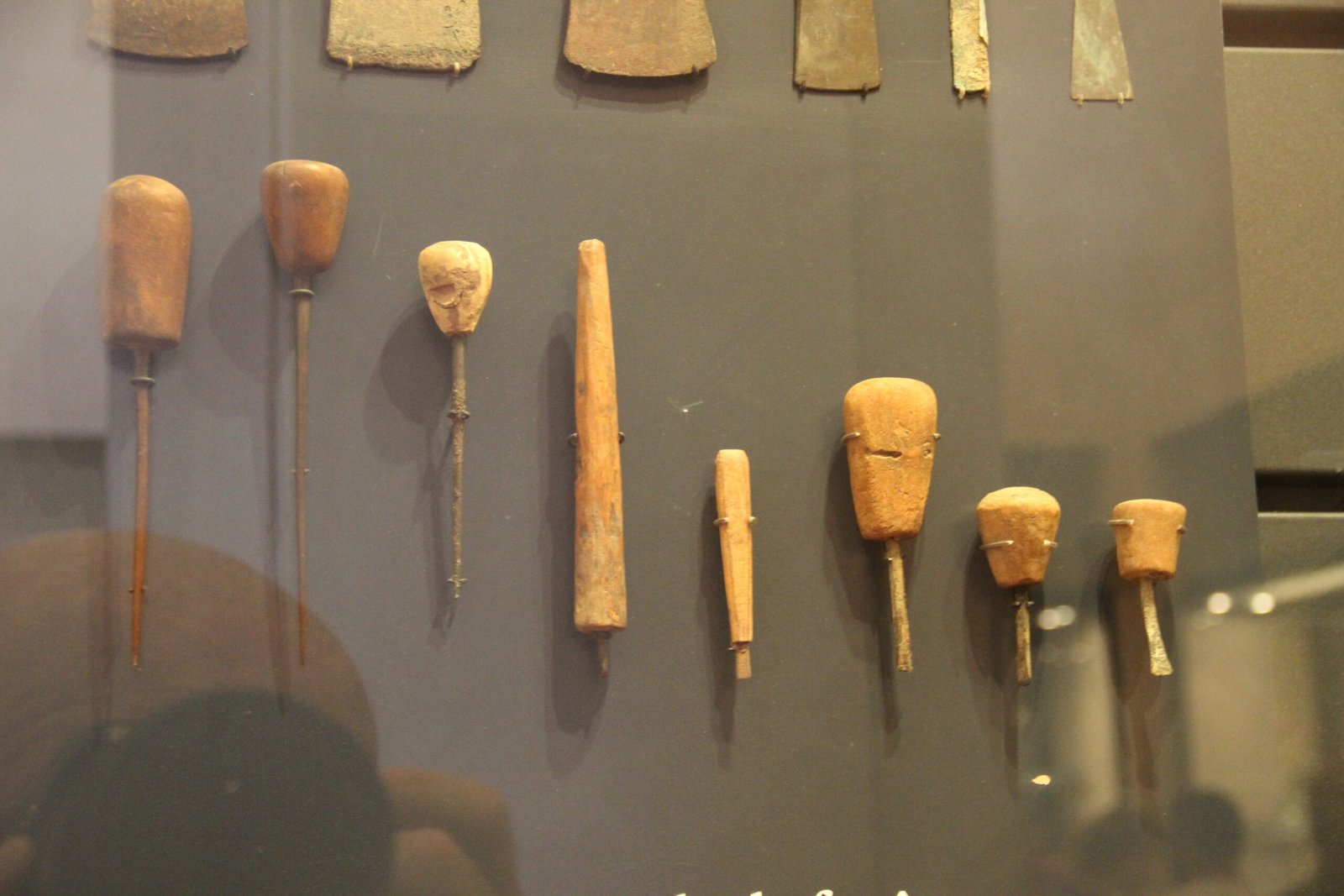
Ancient tools found near the burial sites offer a window into the daily life of Mungo’s people. Stone flakes, grinding stones, and hearths reveal a community skilled in crafting, cooking, and hunting. Some tools are surprisingly sophisticated, showing that these early Australians were innovators. Their ingenuity helped them thrive in a challenging environment, laying the foundation for thousands of years of Aboriginal tradition and knowledge.
The Impact on Aboriginal Identity

For many Aboriginal Australians, the discovery of Mungo Man and Mungo Lady is deeply personal. These remains are not just scientific curiosities—they are ancestors. Their presence on the land strengthens connections to Country and culture. The long struggle over the repatriation and reburial of their remains speaks to the importance of respect, dignity, and self-determination for Indigenous peoples. Their story is a reminder that science and tradition can—and must—walk hand in hand.
A Global Puzzle
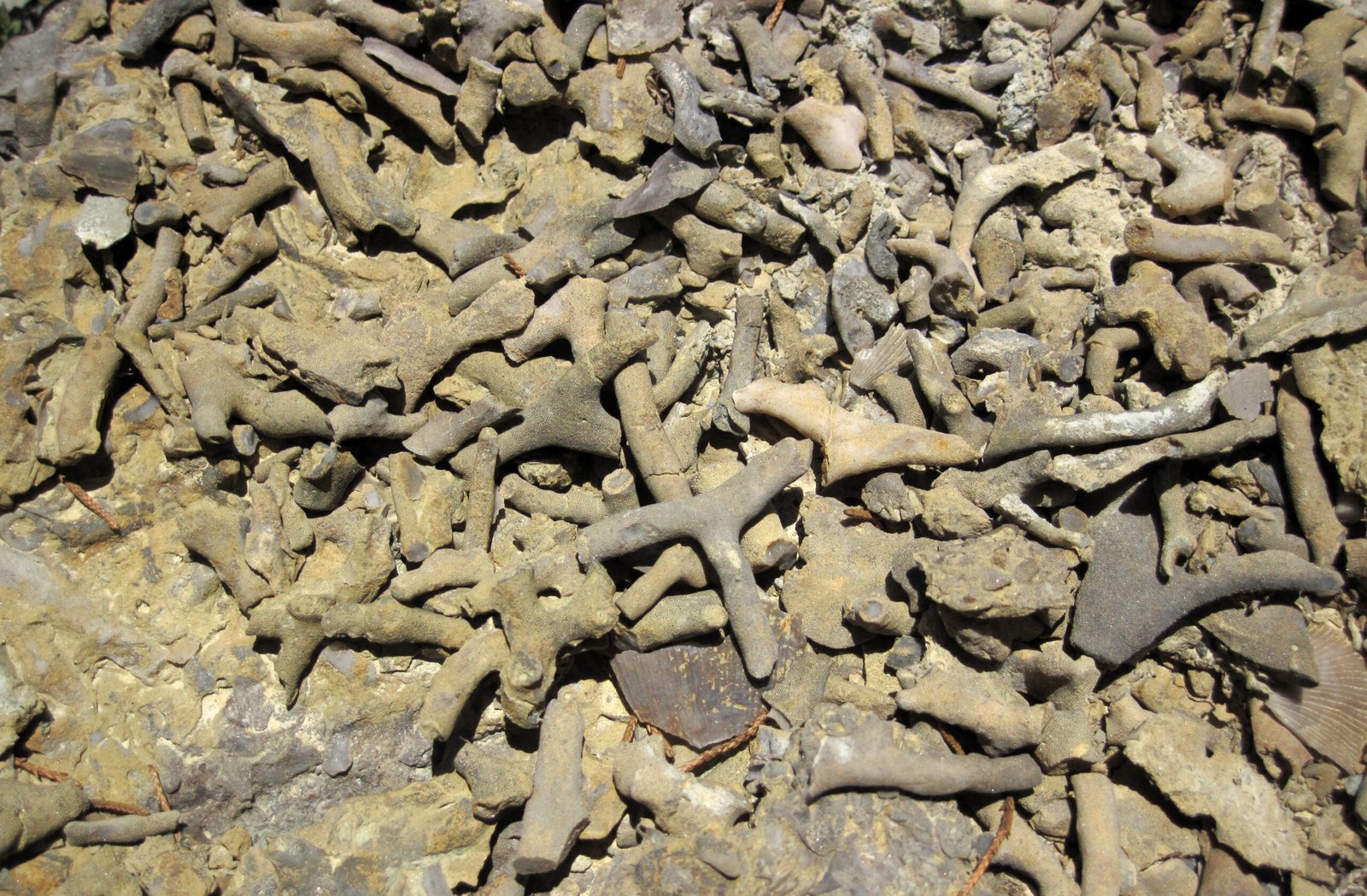
Mungo Man and Mungo Lady are not just Australian treasures—they are pieces of the global human puzzle. Their ancient lives force us to reconsider the spread of our species, the dawn of culture, and the roots of ritual. Their discovery has fueled new research on human evolution, migration, and adaptation worldwide. Every detail, from ochre stains to fossil footprints, adds to our understanding of what it means to be human.
Lake Mungo Today: Protecting the Past
Lake Mungo is now a protected World Heritage site, drawing scientists, tourists, and curious minds from around the world. Strict rules are in place to preserve its fragile treasures, but the landscape remains vulnerable to erosion, climate change, and human impact. Aboriginal rangers work alongside researchers to safeguard the site and share its stories. Visiting Lake Mungo is a powerful experience—a chance to walk in the footsteps of the world’s oldest culture.
Controversies and Ongoing Debates
The story of Mungo Man and Mungo Lady is not without controversy. Debates rage over the best methods for dating, the interpretation of burial practices, and the handling of ancient remains. Some scientists argue over whether these individuals represent a direct line to modern Aboriginal Australians or a separate branch of humanity. These debates are fierce, emotional, and sometimes divisive—but they are also a testament to the enduring fascination these ancient people inspire.
The Enduring Mystery
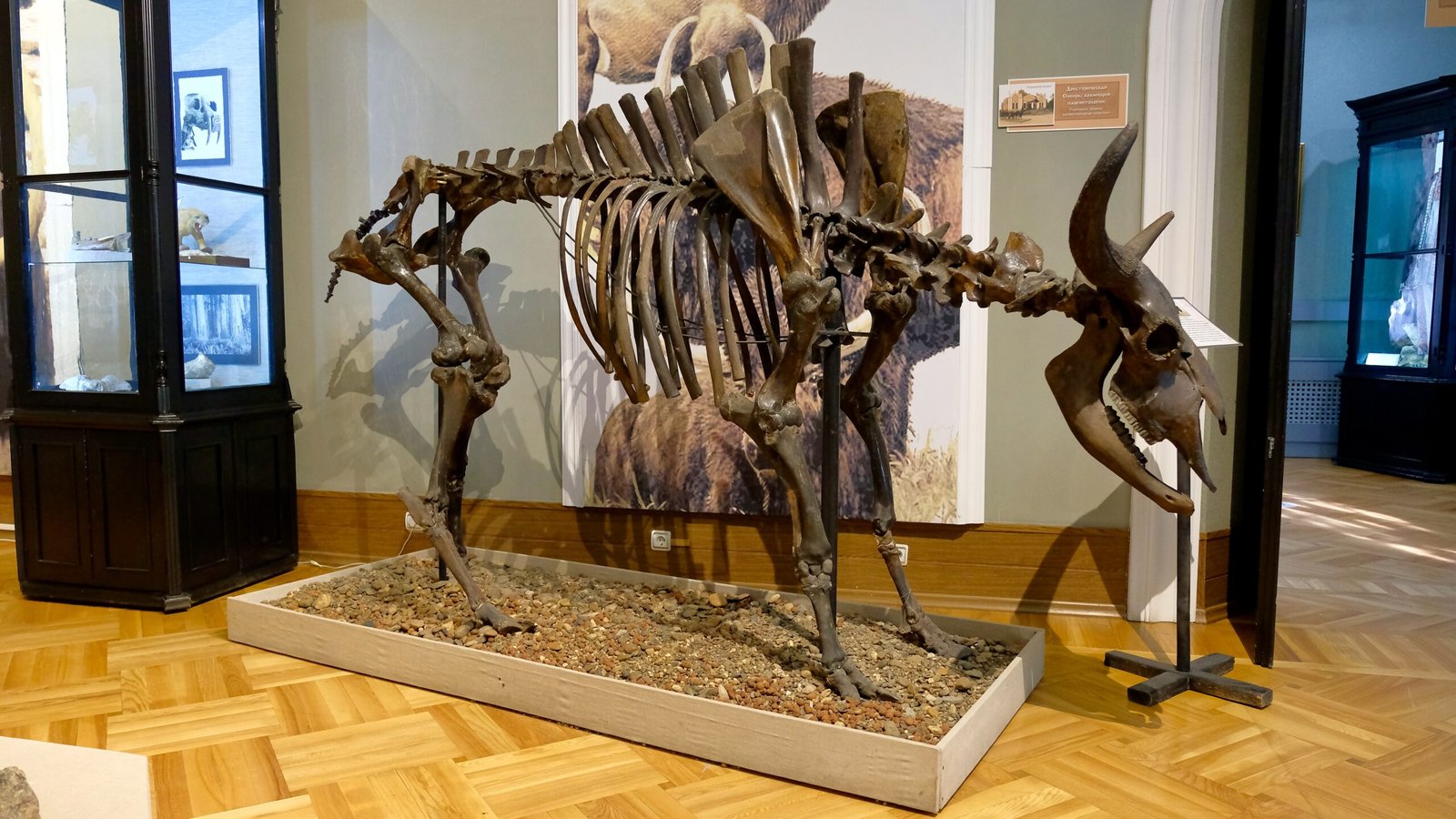
Even after decades of study, Mungo Man and Mungo Lady keep their deepest secrets close. We still don’t know their names, their hopes, or the exact circumstances of their deaths. What we do know is that their presence continues to echo across the ages, connecting us to a story that began long before recorded history. Their bones are a bridge between worlds—past and present, science and spirit, memory and mystery.




